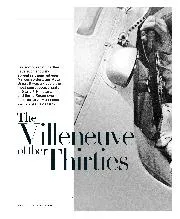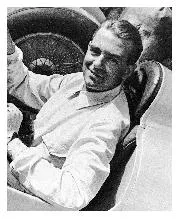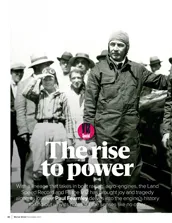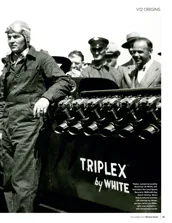The march of the pre-war German racing machines was inexorably linked to Adolf Hitler’s rise to power, after the Fascist leader became the country’s chancellor in January 1933. Like many before and since, international sporting success was seen as a means to assert Germany’s status on the international stage and what better tool for the job than motorsport, representing as it does both the heroism of drivers and technological prowess?
At the same time as Hitler’s arrival on the scene, the Association International des Automobile Clubs Reconnus (AIACR) which set international racing regulations, concocted a new grand prix formula for introduction in 1934. In an effort to keep a cap on increasing car performance a maximum vehicle weight of 750kg was set, the rule-makers somewhat naively assuming that this upper limit would rule out large capacity, high power machines. It didn’t.
In Germany, Mercedes was immediately on the case developing a design study for the new formula, but so too was a small company in Stuttgart headed up by the former technical director of Steyr, a certain Ferdinand Porsche. His outfit had been working on road car designs for the Wanderer marque, with Porsche encouraging the company to back a racing effort. However, Wanderer was merged, along with Horch, Audi and DKW to form Auto Union in late 1932, with the new entity initially noncommittal towards racing.

Hans Stuck in Auto Union’s V16-powered P-Wagen
ulstein bild via Getty Images
Undeterred, Porsche’s design agency, which included engine specialist Josef Kales; Porsche’s right hand man Karl Rabe; Porsche’s son, Ferdinand aka “Ferry”; and Adolf Rosenberger, a well-heeled amateur racer, penned the outlines of a 750kg car, with financial backing from a friend of Rosenberger.
The group drew up a design for a car that marked a radical departure from what was then the norm; it would be mid-rear engined, with independent suspension all around and a V16 engine producing in the region of 300bhp. The question was, who would pay to build it?














